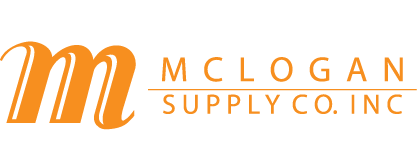Screen Printing 101 - Blog 3 Gadgets, Gizmos and Inks Needed for Screen Printing
This is the last installment of a three part series.
Screen-printing, also called silk screening, is one of the most versatile printing techniques ever developed. It is easy and fun to do.
There are so many materials and inks that you can use for the process and here is the catch…it’s totally up to your inner artist which materials to use. This will also depend on the design you want to screen print but it will be a whole lot of fun doing it!
Below are some of the most common materials used in screen-printing:
- Press - You need a press to hold your screen that allows you to print your image to your shirt. Presses range from jiffy hinges and a homemade bench press to professional 6 color 4 station, to automatic presses
- Screen – Well, it’s not screen printing without the screen, right? You need the screen because this is where you’ll be making the stencil for your design, where the ink will pass through. Tip: Screens need to be degreased before coating it with emulsion
- Squeegee – You will need this to control the ink that passes through your screen. Squeegees come in different sizes and varying stiffness. Make sure your squeegee length extends at least 1 inch outside of your design. When choosing a squeegee the durometer means how stiff the squeegee is. Make sure you choose the right stiffness for your project. The standard durometer is 70 for squeegees. Tip: it may be best to get more than one in alternating sizes, just to be sure you have the right one for all of your projects
-
Ink – The most important tool perhaps is the ink. There are several types of ink that one can utilize for screen printing including Plastisol, water and oil based, as well as discharge. Below is a list of some of the specialty ink and ink additives you can your to give your design that special touch. There are a variety of inks to choose from:
- Cracking Ink – This ink produces an interesting cracked and broken surface when it dries out
- Discharge Ink – This ink is used to remove the dye color of the fabric and discharge the color you choose into the fabric giving it a very soft feel
- Plastisol – This ink is the most commonly used ink for screen printing as well as garment or fabric designs. This ink actually sits on top of the fabric. It gives off a plasticized texture and can be made softer or stronger by using special additives
- Expanding Ink – This kind of ink is a stabilizer to plastisol inks, which creates a 3D feel to your prints
- PVC and Phthalate Free Ink – This ink is relatively new and provides the benefits of plastisol but eliminates toxic components like PVC and phthalate. This ink imparts a soft texture on prints
- Suede Ink – This ink is used as an additive to plastisol. From the name itself, it gives off a suede feel to your prints
- Water based Ink – This ink has the ability to go through and into fabrics instead of sitting on top like plastisol ink does. This gives water based ink a softer and gentler feel to your prints
Here are some fun things you can add to make your designs pop:
- Caviar Beads – These are plastic beads that can be glued to form shapes and designs. Using these will give off a tactile feel and surface to your prints
- Gloss Additive – This is used more as an after effect for your prints. This is a transparent base laid over printed inks to provide and give off a glossy feel
- Glitter or Shimmer – Also used as an after effect for prints. Basing on the name itself, using these metallic flakes over your prints will give them the shimmery finish
Hope this helps you with the important creative decisions that make silk screening so much fun! And of course, at McLogan Supply, we have everything you need to get going on any size project from our screen printing section online store or at any one of four McLogan locations with our helpful staff waiting to assist.


Leave a comment